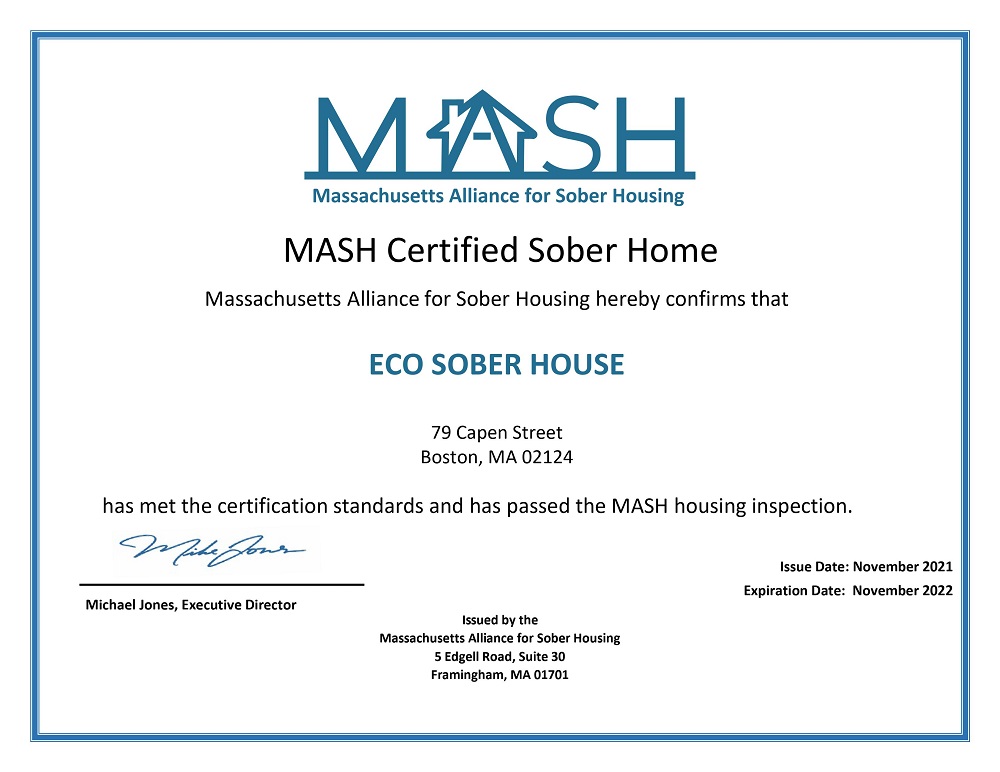Tell close friends or family about your decision to quit alcohol so they can help hold you accountable. Because alcohol withdrawal can be dangerous for people who struggle with alcohol addiction, it’s also important that others know so they can keep an eye on any symptoms. Support groups like Alcoholics Anonymous (AA) or SMART Recovery for peer encouragement also exist to help you. Define why you want to cut back on or quit alcohol, and set specific, achievable goals, such as reducing the amount you drink or the frequency of your drinking. If you want to cut it out for Dry January or Sober October, be sure to hold yourself accountable for the month, too. Alcohol also increases inflammation, which can worsen skin conditions like acne, rosacea, and psoriasis.

In addition, potential improvements in health and wellbeing could have positive effects on relationships. And, for some people, the financial savings could be substantial. Research has also shown that taking a month-long break from alcohol can be good for the liver. Taking one month no alcohol offers tremendous physical and mental health benefits.
World Hepatitis Day: Let’s Shine a Light on Liver Health
We have to get away from this all or none approach and say, how can we get to a safe level of drinking in a time period? And for someone with an addiction, the safe amount may only be zero. But for many people, they can get from a higher level to a lower, safer level because it’s not a true addiction. To find out, we talked to Dr. Robert Brown, chief of gastroenterology and hepatology at NewYork-Presbyterian and Weill Cornell Medicine. He joined us last year on the show to explain the impact of alcohol on the body. And he was the perfect expert to check in with to learn about what studies are finding about the link between alcohol and cancer, and the dangers of binge drinking.
Stay mindful of alcohol’s adverse effects on health this fall
People may experience better-quality sleep, increased energy, and improved concentration, as well as improvements in their relationships, work performance, or academic achievement. Such benefits may motivate someone to continue reducing their drinking after Dry January ends. Alcohol use disorder, or AUD, is a clinical diagnosis taking a break from alcohol characterized by difficulties controlling one’s drinking, intense cravings to drink, and continued drinking despite negative consequences.
Life Kit
- Nearly five years ago, on February 14, 2020, I had my last drink.
- It can cause memory loss and interference with brain development.
- Alcohol weakens the immune system, making your body more susceptible to illnesses and infections.
Although we often turn to a glass of wine or a stiff martini to feel better, the irony is that drinking can have both short- and long-term negative effects on mood. Since alcohol floods the brain with dopamine, which influences how we feel pleasure, the “rush” of this feel-good chemical can cause anxiety to flare up as soon as the levels begin to drop. Therefore, not drinking, especially for extended periods of time, can lead to significant improvements in sleep and sleep quality. “Because you may sleep more deeply when not drinking, you may notice waking up feeling sharper and more refreshed the next day,” he adds. If you drink in excess, cutting out alcohol for a period of time can help your liver, heart, and body composition. Studies show one month no alcohol improves liver health, reduces blood pressure, and enhances mental well-being.
Can You Train Yourself to Cut Back on Alcohol?
Not drinking every weekend and doing the same old unhealthy patterns? Well you get out of your comfort zone and start exploring activities that actually make you happy. In addition to picking old hobbies like dancing, writing, and running, I also tried completely new things, like paddleboard yoga and making videos and watching the sunrise. You also save a ton of money and can spend it on things that delight you, like a beautiful bouquet of flowers, instead of something that just makes you ill the next day. We’ve been drinking since we were teenagers and often look to a drink to help us relax, socialize or even to relieve boredom.
Monitor your drinking

Yet the World Health Organization (WHO) states that no level of alcohol consumption is safe for human health. But that there are probably safe limits that one can stay under and not worry about the adverse health impact. Rachel Hart International, Inc., this website, and its content, do not provide medical diagnosis or advice, or alcohol, drug addiction or substance abuse treatment, detoxification, or recovery services. For additional information see the Terms of Use and Privacy Policy. These ideas will Halfway house help you get your drinking problem under control and may give you the courage you need to enroll in a residential treatment program.

How to Safely and Successfully Stop Drinking Alcohol
Recognize the situations that might tempt you to drink, such as social gatherings or high-stress times, and plan how you’ll handle them. In sum, reducing your alcohol intake presents a comprehensive path to improving your physical and mental health. By choosing to pause your alcohol consumption, you’re offering your body the gift of restoration and rejuvenation. In addition, studies show all alcoholic drinks are linked with cancer, according to the Center for Disease Control (CDC).
Set realistic goals
Resisting temptation takes up a lot of brain power and eventually your brain gets tired and gives in. Events like FebFast can encourage and support these good intentions. But around 30% of people who start FebFast don’t get through the whole month alcohol-free. Jeanette Hu, AMFT, is a decade-long daily drinker turned psychotherapist and the creator of the Empowered Alcohol-Free 4-Pillar System.
Reasons Older People Need to Take a Break… from Alcohol
When your gut microbiome is thrown out of whack, you may experience more direct digestive woes (stomach aches, bloating, gas, pain). Less obvious side effects of a disrupted microbiome include fatigue, sugar cravings, and inflammatory skin conditions, as well. Alcohol use can alter your gut microbiome, which is responsible for key bodily functions like digestion. Your gut microbiome is full of bacteria (both good and bad) that, when properly balanced, help regulate different processes in the body. “Again, depends on what the baseline alcohol consumption is,” she said.
Consider trading in liquid courage for natural courage and find refreshed energy while pausing on alcohol. When you choose a substance to enhance moments in your life — rather than chase after it as a way to cope — you might find a personal liberation that tastes just as sweet. Also, be aware that some craft or specialty beers contain far higher amounts of alcohol — up to 12% or 14% or even higher. Beverages that combine wine or hard liquor with seltzer or other mixers also vary widely in their alcohol content. “Fatty liver is a common phenomenon in individuals who drink heavily and regularly, leading to cirrhosis and end-stage liver disease,” says Mary Wirtz, MS, RDN, CSSD. Steering clear of alcohol, however, gives the liver a chance to regenerate.
It helps you prepare and reflect on the reasons making a change is worthwhile, which can improve your commitment to change. Nicole Lee works as a consultant in the alcohol and other drug sector and a psychologist in private practice. She has previously been awarded funding by Australian and state governments, NHMRC and other bodies for evaluation and research into drug prevention and treatment. She is a member of board of directors of Hello Sunday Morning.
